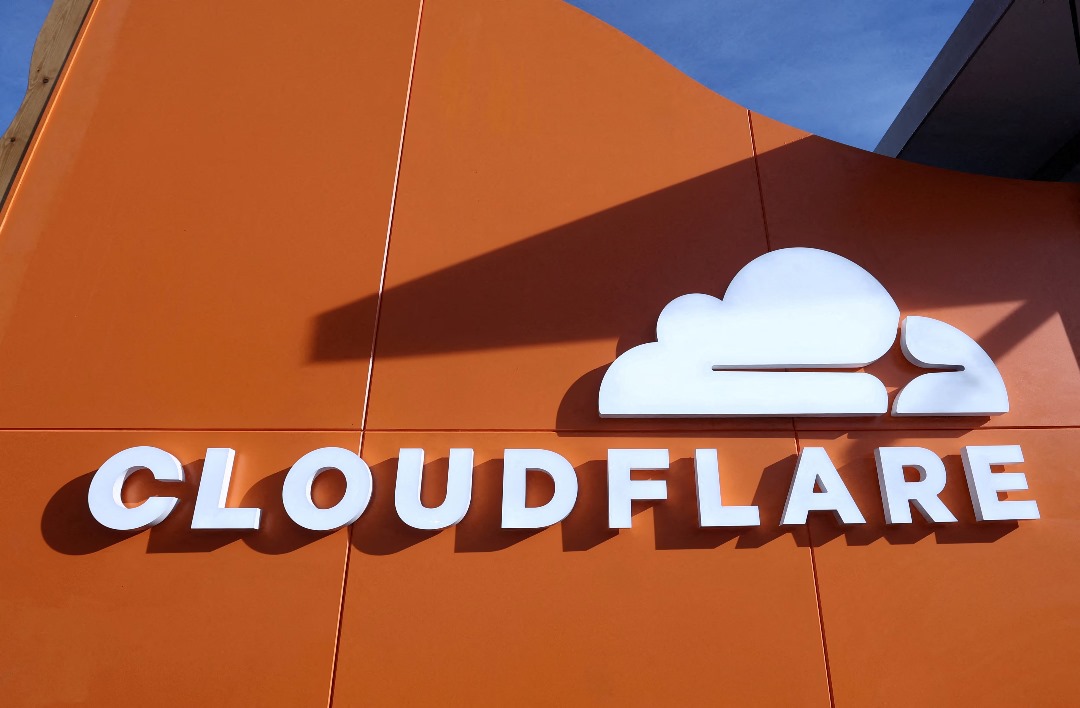Cloudflare Outrage is one of its most disruptive outages on November 18, 2025, after a routine configuration update triggered a cascading software failure across its network. The issue began when an automatically generated threat-mitigation file expanded far beyond its expected size. This overwhelmed the system responsible for managing traffic across Cloudflare-powered services.
Cloudflare’s engineers noticed a surge of unusual traffic around 11:20 UTC and started deploying fixes shortly after. By early afternoon, most systems were recovering. CTO Dane Knecht publicly apologized, admitting that a hidden bug in their bot-protection tool caused the crash, and emphasized that the disruption was not caused by a cyberattack.
The outage’s impact was enormous. Downdetector recorded over 11,000 error reports at its peak, confirming the widespread nature of the downtime. Hundreds of major apps, websites, and platforms across AI, streaming, fintech, e-commerce, transportation, and media were affected.
AI platforms, including ChatGPT, Anthropic’s Claude, and multiple chatbots, went offline. Social platforms like X (Twitter) experienced major loading failures. Spotify, Uber, DoorDash, Lyft, Canva, Zoom, Quizlet, Indeed, Shopify, Dropbox, Coinbase, and UPS all suffered disruptions that lasted hours.
Even critical infrastructure felt the shockwave. New Jersey Transit’s ticketing system went down, affecting commuters. A U.S. nuclear plant background-check system (PADS) was briefly inaccessible, delaying personnel authorizations. Several emergency-management systems also slowed down.
In a twist of irony, even Downdetector, the outage tracker itself, reported failures at the onset of the event.
Read Similar Case: Victoria’s Secret Website Outage and Security Incident (May 2025)
Industry experts and internet watchers reacted quickly. NetBlocks called it a “catastrophic disruption,” warning that Cloudflare has quietly become one of the internet’s largest single points of failure. Cybersecurity specialists noted that the outage demonstrates the danger of global dependence on a handful of infrastructure providers like Cloudflare, AWS, and Azure.
Analysts also pointed out that outages of this scale demonstrate how even a single misconfiguration can impact millions of users and businesses worldwide. Media platforms ran live coverage throughout the morning, and hashtags related to the outage trended across X as users struggled to access essential services.
Cloudflare’s stock dropped roughly 2–3% on the day of the outage, wiping out an estimated $1.8 billion in market value. While long-term losses remain unclear, investors reacted sharply to concerns about reliability.
For businesses relying on Cloudflare, the outage likely resulted in temporary revenue losses, customer frustration, and increased operational costs. While no company has publicly released financial damage figures, experts say such outages often lead to hidden costs, including customer support spikes and failed transactions.
Cloudflare apologized publicly “to our customers and the Internet in general,” promising a full post-mortem and improved safeguards. Analysts say maintaining transparency and deploying stronger redundancies will be critical for restoring customer trust.
The outage highlighted how deeply integrated Cloudflare is in the global internet ecosystem, and how vulnerable digital infrastructure becomes when so much relies on a few centralized providers. Experts predict that Cloudflare and its clients will now invest more in backup systems and fail-safes to prevent a similar network-wide failure.
As Cloudflare continues its internal review, the November 18 outage stands as a stark reminder of the fragility of today’s internet and the urgent need for more resilient infrastructure worldwide.






